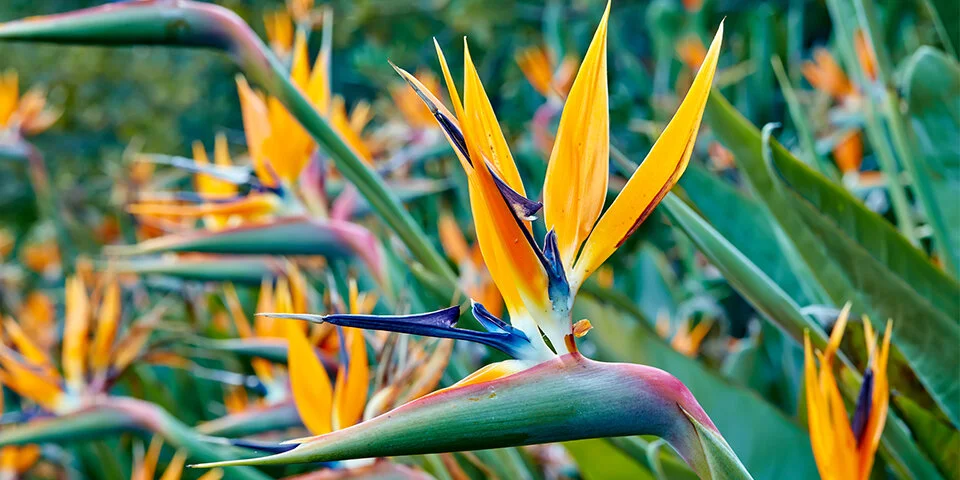This year our cloudy, cool summer provided ideal conditions for mildew and other fungus diseases of the nightshade vegetables. For example, the Black Bell eggplant provided us with fruit though the winter during the past two years. This year, however, plants started from seed in February died in July before producing any harvest. Tomatoes were nearly a complete failure in August through October, and we were buying supermarket fruit, something we haven’t done in years.
In the past, articles on the internet on how to prevent Fusarium and Verticillium wilt on tomatoes emphasized cultural practices like providing good drainage, avoiding overwatering and crowding of plants, and a 4-year crop rotation of nightshade plants. An additional recommendation, that I’ve seen only recently, is to use calcium nitrate instead of ammonium-based fertilizers as a source of nitrogen. Of late, however, we are seeing more experts admitting that these methods are not very effective, and the only solution to fungus diseases is to grow resistant varieties. Seedsmen, mainly those selling to commercial growers, are providing much more specific information about which diseases a variety can tolerate.
Though home gardeners lack the facilities to diagnose the diseases affecting their plants, they can make a pretty good guess from the symptoms shown by the plants and by the varieties that fail to prosper. In our case, I believe the main threat to our plants is Fusarium oxysporum sp. lycopersici, races 2 and 3. It is troublesome during the summer, and plants that survive through September may recover in the late autumn. The most characteristic symptom is yellowing, then browning and blackening of the lower leaves and branches of the plant. Growth slows and the disease advances upward until the plant dies or, more likely, is euthanized by the unhappy grower.
We had to give up growing heirloom tomatoes many years ago. For a while we succeeded with varieties such as Big Boy, Better Boy and Early Girl. For the last couple of decades, we have grown Celebrity almost exclusively, recognizing that we would need two or three plantings to carry us through the summer months, though seeds started in August would supply fruit through winter and the following spring.
Last year I read about Celebrity Plus, advertised to provide the good qualities of Celebrity with “an enhanced resistance package.” This year I made three plantings of both Celebrity and Celebrity Plus, starting them at the same time and growing them in the same beds. The seeds started in February, which should have supplied our summer main crop, gave up in July after providing three to six tomatoes, plus a few stunted fruit on the upper branches. The April planting looked sick and supplied almost no fruit, only beginning to perk up in late September. I could see no difference in the disease susceptibility of the two varieties. The one important difference was that Celebrity Plus produced few flowers and set little fruit, even with hand pollinating. The “enhanced resistance” of Celebrity Plus is to tomato spotted wilt virus, seemingly not a problem in our garden. Both varieties are resistant to races 1 and 2 of Fusarium, which led me to conclude that I need to find a variety resistant to race 3.
I haven’t seen anything written about it, but a symptom of Fusarium on plants that seem otherwise to be recovering is lack of flowering and a failure of the flowers to set fruit, even with hand pollinating. As the fall season advanced, Celebrity Plus showed an increasing abundance of flowers and in late November is beginning to hold its fruit.
Cornell University has a website giving details about disease resistance in over 600 tomato varieties. They identify about 25 that are resistant to all three races of Fusarium wilt. Only a fraction of these are supplied by the major online seed sources, and the smallest quantity sold of some of them may set you back 20 dollars or more. Holmes Seeds is a good source if you want to experiment with a new variety because they have a uniform price of $2.75 for starter packets of most of their seeds. In the case of tomatoes, that small sum will get you only five or ten seeds of some of their hybrids, but that’s enough to give them a test. They had ten varieties of slicers resistant to all three strains, and I ordered Amelia, Camaro, Charger and Mountain Merit, choosing them by the eeny-meeny-miny-mo method. I planted two seeds of each on August 17 and, three months later, I can give a preliminary report. Seven seeds came up and all the plants are flourishing. All are setting fruit, aided by hand pollinating, at least as well as Celebrity, and much better than Celebrity Plus. As I write on the last day of November, each plant has at least 20 fruits and some are beginning to colour up.
This experiment, planting the seeds when the plants will mature in the cold months, is mainly a test of their ability to bear through the winter. I’ll start a second round of seeds in February to test disease resistance and further evaluate fruit quality. It may turn out to be one of those “choose any two” situations. I’ll recruit the family for a taste-off of both winter and summer fruit and hope to announce the winner(s) in the fall.
